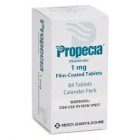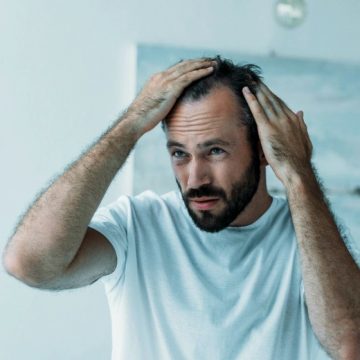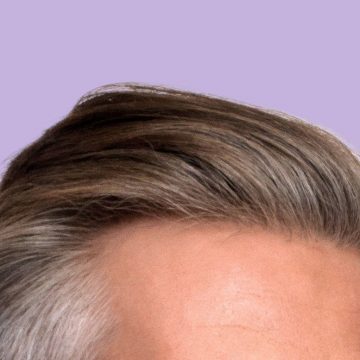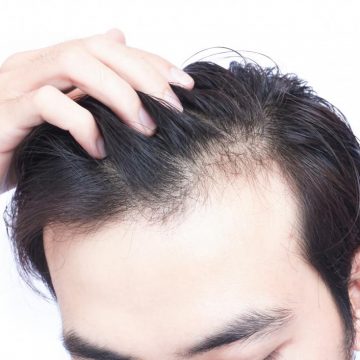Hair loss is often assumed to be genetic. However, from autumn, winter and right up to January, many men notice more hair loss than normal. This becomes more apparent when brushing or washing hair. In fact, humans tend to shed between 50 to 100 hairs every day.
A typical strand of hair has a life cycle of between two to six years; however, about ten percent of someone’s hair could be in a ‘resting’ phase. This is also known as ‘telogen’ and is a time when hair is prone to fall out.
Why does hair shed more in colder months?
There are many different theories as to why this type of hair loss occurs. One explanation is that we shed more hair as the weather grows colder in order to grow a thicker head of hair to keep us warm in winter – just like our canine companions!
Other research indicates that there’s a slightly higher rate of telogen during July, meaning that the affected hairs fall out around 100 days later – apparently stress linked to summer heat could have something to do with this.
Another theory is that the sun can inflame hair follicles, causing hair to shed a couple of months later (around winter). It’s also believed that sweating can trigger hair loss. Yet another theory is that more hair is grown during summer months to protect scalps from hot sun and UV rays.
How to treat seasonal hair loss
First, don’t panic – seasonal hair loss is entirely normal. While seasonal hair loss requires no treatment (as long as the hair grows back), male pattern baldness – which affects more than 6.5 million men in the UK – will get worse if steps aren’t taken. If you feel that your hair doesn’t appear to be returning to its normal thickness, or there are patches of thinner hair left, it could be time to seek further treatment.
Treatments available to help with hair loss
There are a number of treatments available that can help with hair loss:
Regaine
Regaine (minoxidil) has been proven to reduce hair loss and encourage growth. It has been proven to work for 60 percent of men, and is the only over the counter medicinal treatment proven to help stop and even to reverse hereditary hair loss.
You can choose from Regaine Extra Strength Foam and Regaine Extra Strength Solution.
Regaine works by:
- Stimulating hair follicles to move from resting phase to growth phase
- Increasing the length of the growth phase
- Diluting the blood vessels allowing more oxygen, blood and nutrients to the hair follicle, encouraging the hair to grow
Dosage: It’s important to use Regaine regularly for at least six weeks to see results of hair growth. Results could be seen within eight weeks and could take up to 16 weeks to show.
Propecia
Propecia is the generic name of the drug Finasteride. It works by:
- Inhibiting an enzyme in the body called 5-alpha-reductase. This enzyme converts testosterone into dihydrotestosterone – which is the more potent androgen that has a negative effect on hair growth
- Reducing the levels of dihydrotestosterone
Dosage: If you take Propecia regularly, you could start seeing results within just a few months – but it could take up to one year to notice full benefits. If you don’t notice benefits within a year, there is no real point in continuing the treatment, as it’s unlikely to benefit you.
If you do decide to stop treatment with Propecia, you will likely lose any hair growth gained in the last 12 months of treatment.
It’s important to remember that seasonal hair loss is nothing to panic about. However, if you feel it is having a more permanent effect, contact one of the MedExpress team and we can help you out with any questions you may have and recommend the best treatment for you.




